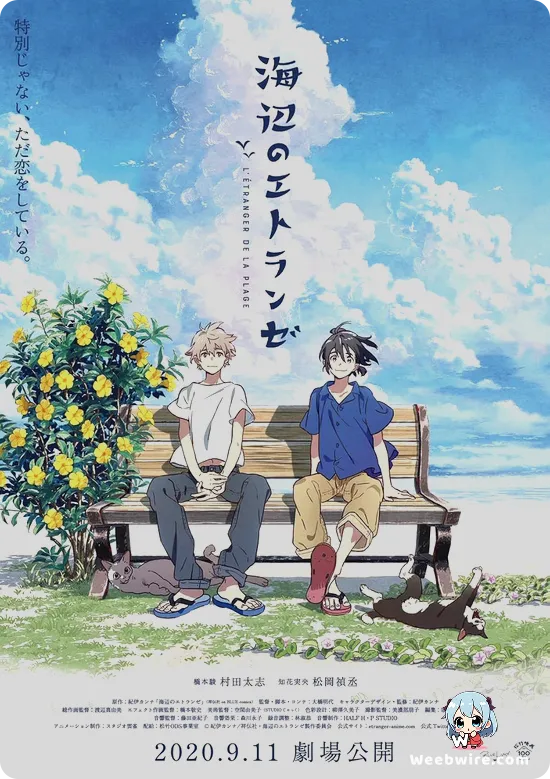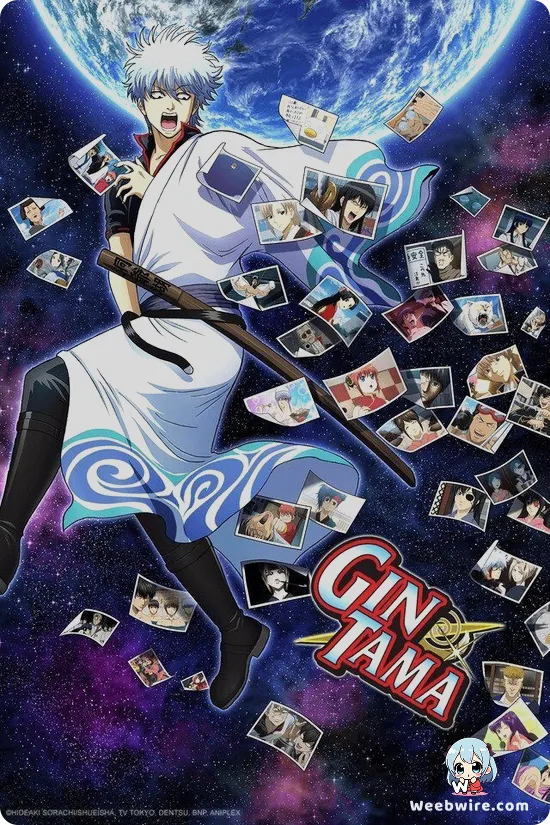

© Studio Hibariwww.crunchyroll.com
Overview
The Stranger by the Shore (Umibe no Étranger) is an emotionally resonant dramatic romance film adapted from Kanna Kii's manga, meticulously brought to life by Studio Hibari. The narrative unfolds against the stunning, tranquil backdrop of Okinawa, providing a serene yet isolating setting for the protagonists' complex emotional journeys. At the heart of the story is Shun Hashimoto, a young novelist who relocated from Hokkaido to the remote island, seeking refuge from the societal pressures and family disapproval he faced due to his homosexuality. He lives a quiet life with his aunt until he encounters Mio Chibana, a melancholy high school student spending his days alone by the sea, recently orphaned and facing an imminent move to an orphanage on the mainland. Their initial interactions are cautious and marked by emotional distance, yet a profound, unspoken connection quickly forms. Shun attempts to draw Mio out of his grief, leading to a period of tentative closeness before Mio must depart. The central conflict intensifies three years later when Mio returns as a confident, determined young adult, ready to pursue a romantic relationship with Shun. However, Shun, despite his deep feelings, remains paralyzed by past trauma —specifically, intense homophobic bullying —and the fear of social ostracism, leading to significant internal struggle and hesitation. The film masterfully explores themes of self-acceptance, overcoming inherited trauma, the complexities of LGBTQ+ relationships within traditional settings, and the courage required to embrace vulnerability. Director Akiyo Ohashi utilizes subtle visual storytelling and evocative pacing, ensuring that the characters' emotional states and the delicate rhythms of their evolving bond are the primary focus of this poignant slice-of-life narrative.
Opinion
The Stranger by the Shore stands as a critically relevant piece of anime cinema, offering a mature and tender exploration of male relationships and the hurdles of self-acceptance. Aesthetically, Studio Hibari’s animation style is notably gentle and atmospheric, perfectly capturing the bright, humid tranquility of the Okinawan setting. While the character designs are faithful to the original manga and expressive in close-up, the overall animation execution prioritizes emotional nuance over dynamic movement, which suits the slice-of-life nature but might feel subdued to viewers seeking high-fidelity animation spectacle. The film's pacing, at 56 minutes, is deliberately slow and intimate, granting ample space for the emotional complexity of Shun’s internal conflicts to unfold, contrasted effectively with Mio's forward momentum and youthful determination. This pacing choice is crucial for establishing the necessary emotional context, especially when utilizing flashbacks to flesh out both characters' traumatic histories. The voice acting is exceptional; both Yuki Ono (Shun) and Tatsuhisa Suzuki (Mio) deliver performances that are grounded in realism, conveying vulnerability and simmering tension without resorting to melodrama. Their chemistry is palpable, anchoring the entire narrative. Thematically, the film excels by treating the relationship with sincerity and avoiding overly saccharine tropes, focusing instead on the practical difficulties of building a life together while confronting personal baggage and societal judgment. It is a compelling, character-driven work whose depth ensures a lasting impact long after the credits roll.
Characters
Mio Chibana
Voice: Tatsuhisa Suzuki (Japanese), Justin Briner (English)
Shun Hashimoto
Voice: Yuki Ono (Japanese), Jessie James Grelle (English)
Sakurako
Voice: Nao Tōyama (Japanese), Amber Lee Connors (English)
Credits
Studio
Studio Hibari
Cover Art
Studio Hibari Art Team
Publisher
Libre Publishing (Manga)
Producers
Studio Hibari, Libre Publishing
Episodes
Season 1
1 episodesInformation
Genres
Related Anime

Fullmetal Alchemist: Brotherhood

Haikyu!!

Gintama.: Slip Arc

Hajime no Ippo: The Fighting!

Mob Psycho 100 III
